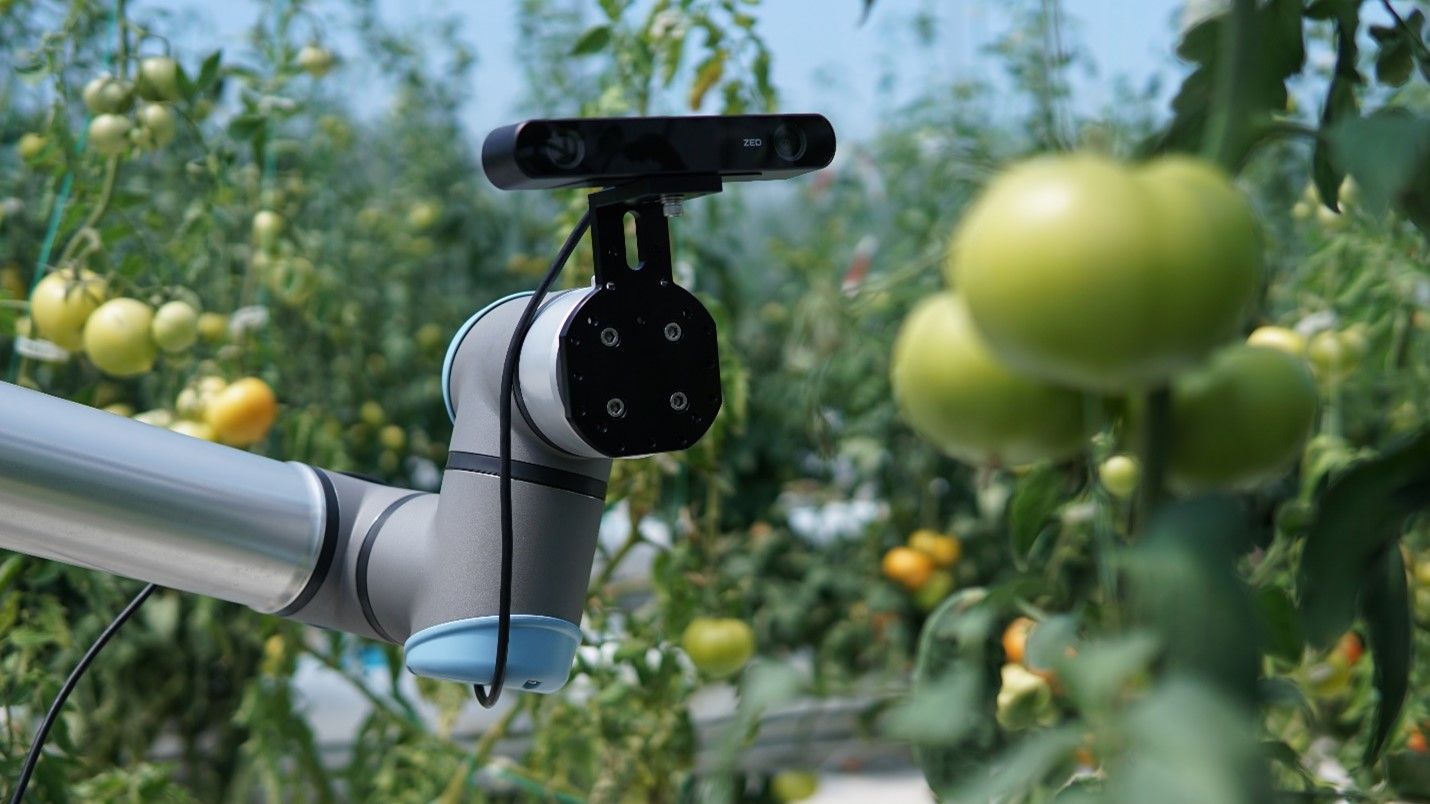Introduction
LIBRA AI Technologies has been selected by IKNOWHOW SA (IKH), a forward-thinking SME specializing in bespoke robotics, automation, and software solutions to tackle an ambitious edge AI challenge of having an effective and efficient anomaly detection on plants running on a smart agriculture robot, the “Greensprayer". This challenge rose to prominence as one of the eleven winning use cases with the potential for implementing AI at edge solution in the 2nd BonsApps Open call, launched in August 2022.
BonsAPPs is a Horizon 2020 initiative dedicated to accelerating digital transformation for small to medium-sized enterprises (SMEs) through Edge and AI solutions using the tools and services of the Bonseyes Marketplace.
The Challenge
The "GreenSprayer" is one of IKH’s autonomous, self-navigating, all-terrain ground vehicle, equipped with a robotic manipulator designed for early disease and insect detection, with the goal of achieving precise 3D spot spraying of identified infested plants in greenhouse environments. This challenge primarily revolves around the vision-based module of the robot, which was developed to localize plants within the workspace and, through meticulous inspection, detect infestations and diseases.
The central objectives of this 6-month project, which commenced in April 2023 to address the Agrobot challenge, were to create an Artificial Intelligence anomaly detection model specifically tailored for identifying anomalies during early-stage growth.
Our methodology
To achieve the project objectives and develop a generic anomaly detection solution for Agriculture robots, LIBRA AI Technologies harnessed the capabilities of the Bonseyes Marketplace. The Marketplace’s workflows emerge as powerful tools to compare, design and optimise models by helping standardize the procedure needed to deploy AI models at the edge.
The developed model is based on the DeiT transformer architecture[1]. The data-intensiveness of Vision Transformers (ViTs) has been a significant concern in the field of computer vision. Several methods and approaches have been proposed to address this issue. The authors of the aforementioned study introduced a specific transformer-based vision models' distillation technique. DeiT is among the first research works to demonstrate the possibility of training ViTs well without using larger datasets.
Our approach began by employing a DeiT transformer model that was pre-trained on the ImageNet[2] dataset, using the Teacher-Student distillation methodology, as elucidated in the study. Subsequently, we fine-tuned our pre-trained model to our use case, leveraging open datasets such as PlantVillage[3] and PlantDoc[4].
The PlantVillage dataset comprises a staggering 54,303 healthy and unhealthy leaf images categorized into 38 distinct species and disease groups. Meanwhile, the PlantDoc dataset contributed 2,598 cropped images across 13 plant species, encompassing up to 17 classes of diseases.
Furthermore, a custom dataset was meticulously curated, featuring tomatoes and cucumbers from a greenhouse located in the city of Volos, Greece. For fine-tuning the pre-trained model, we exclusively utilized the PlantVillage dataset, while the other two were employed for validation purposes.
The culmination of our efforts has produced a solution that can be deployed on various machines, including x86_64, Nvidia Jetson, and Raspberry Pis.
This AI model has the remarkable capability to accurately identify anomalies in plant foliage during both the early and later stages of growth, thereby revolutionizing the way we approach precision agriculture.
The results
Anomaly detection models like the ones designed and implemented for IKH’s GreenSprayer project are valuable tools in agriculture for early disease detection and monitoring. These models help identify abnormal patterns or anomalies in various agricultural data sources, such as crop images, which can signal the presence of diseases or pests in crops.
Aiming to substantially increase the spraying precision of identified infested plants, the results of our collaborative work were quite impressive, paving the way for automated diseases and pest detection in the near future.
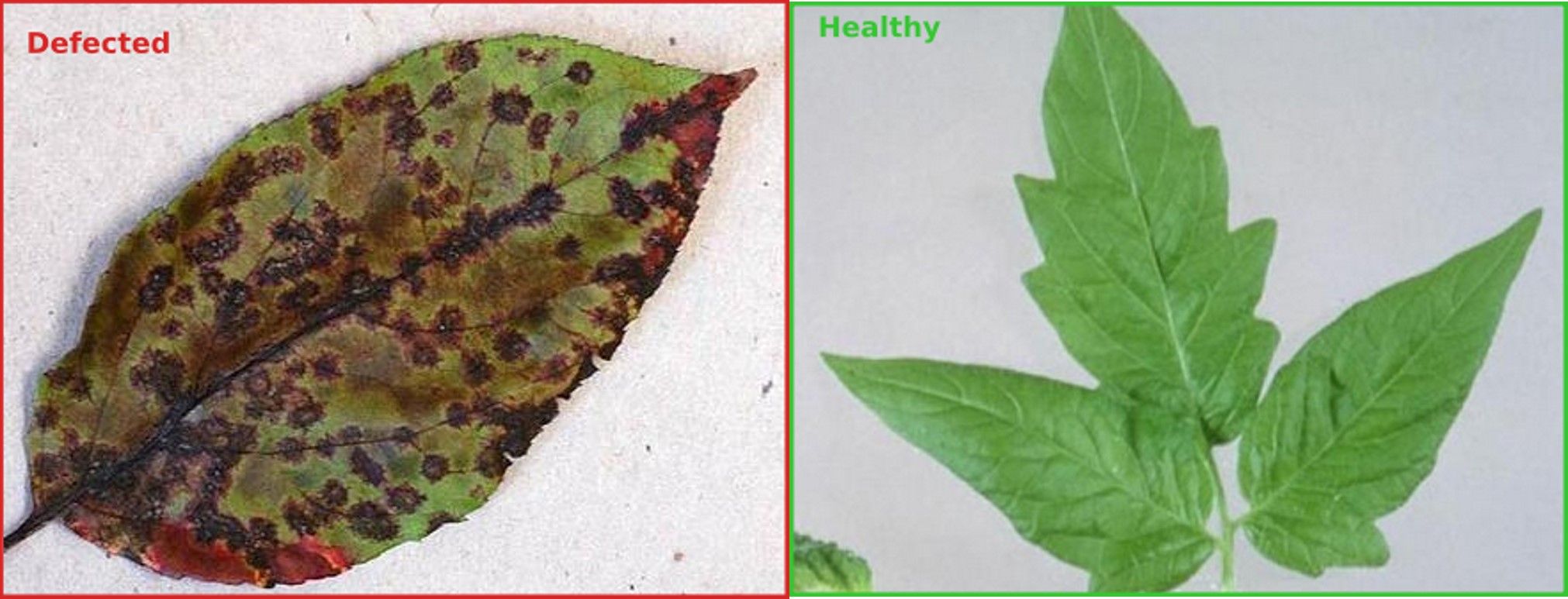
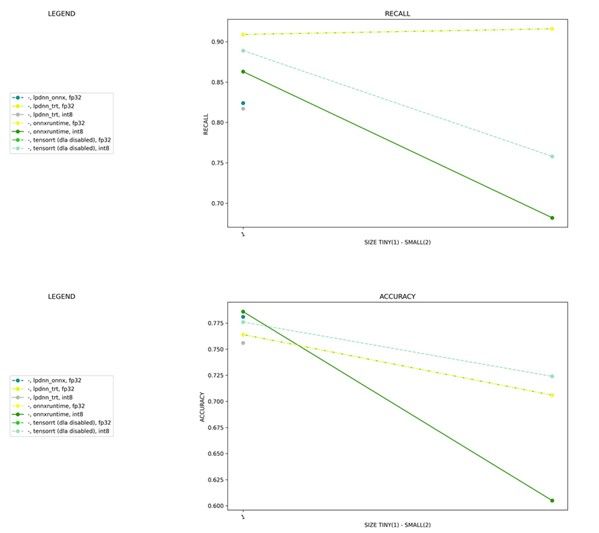
The impact
The early and more targeted treatment that the proposed system enables results in a reduction in the use of potentially harmful pesticides. By their nature, pesticides spread to the environment and foods are toxic to any organisms, including humans, and need to be used safely and disposed of properly. Less pesticide use, which is guaranteed by our solution, will also lead to a reduction in the exploitation of natural resources required for their production.
Our solution proposes a healthy crop production with minimum possible pesticide application, aligned with the Farm to Fork strategies. Female farmers account for 8% of the world's population, while men account for 11%, revealing that women still face significant inequality. The adoption of the proposed solution is expected to shrink the gender gap, empowering female farmers, as working conditions are expected to be improved.
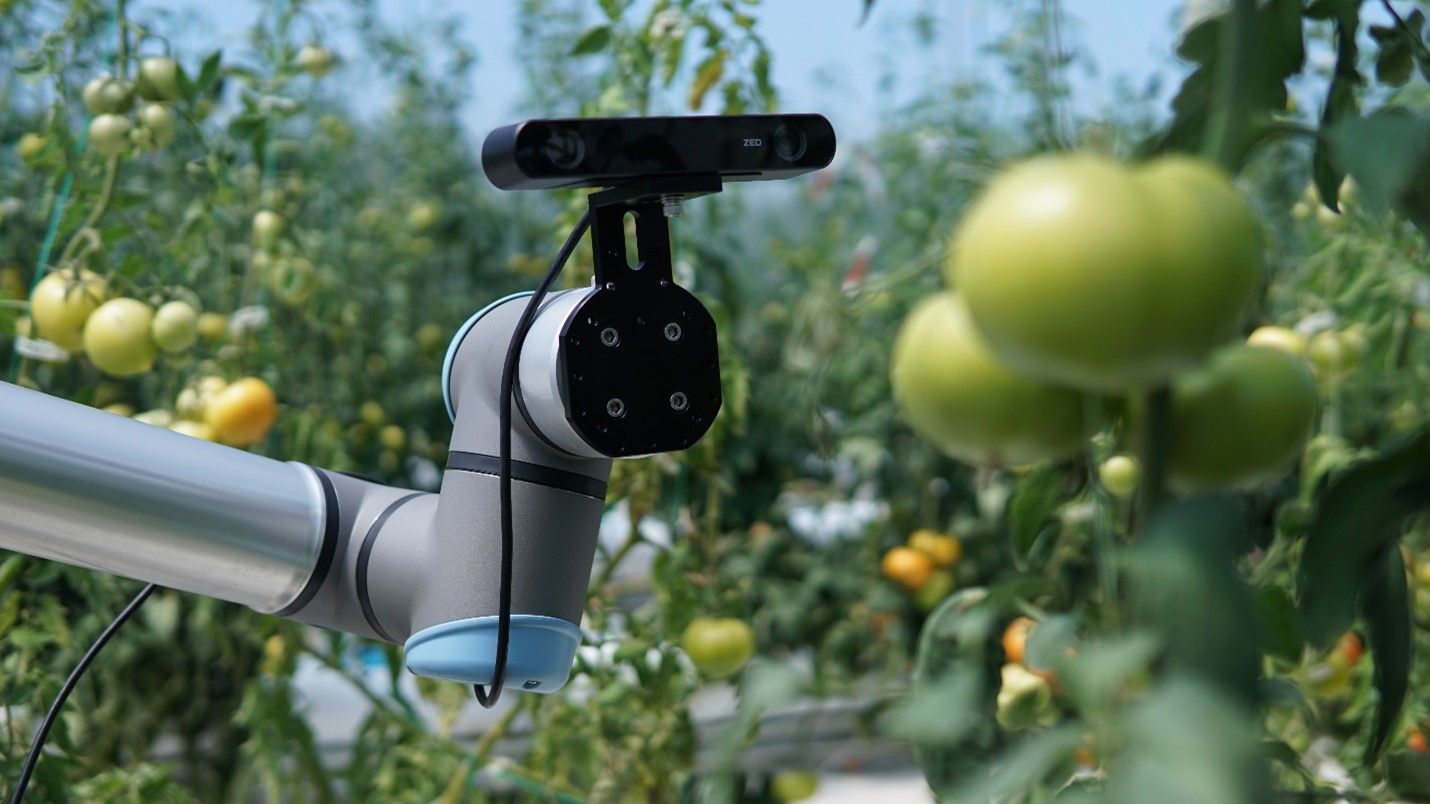
GreenSprayer solution in AI World Summit
Our solution's significance was underlined when our partner company and AI solution adopter, IKnowHow SA, proudly accepted the "BEST EXPLOITATION SOLUTION" award on the Opening Day of the prestigious AI World Summit, one of the world's premier commercial events in the field of Artificial Intelligence. This important recognition took place during a dedicated adopter SMEs session organized by the BonsApps project as part of the Summit's proceedings.
The celebration continued as the LIBRA AI Data Scientist, Christos Petrou, took centre stage, showcasing a full-day demonstration of our groundbreaking solution at the BonsApps booth within the AI World Summit Exhibition. This captivating display garnered significant attention, with over 100 guests seeking to delve deeper into the intricacies of our methodology and the promising results we've achieved.
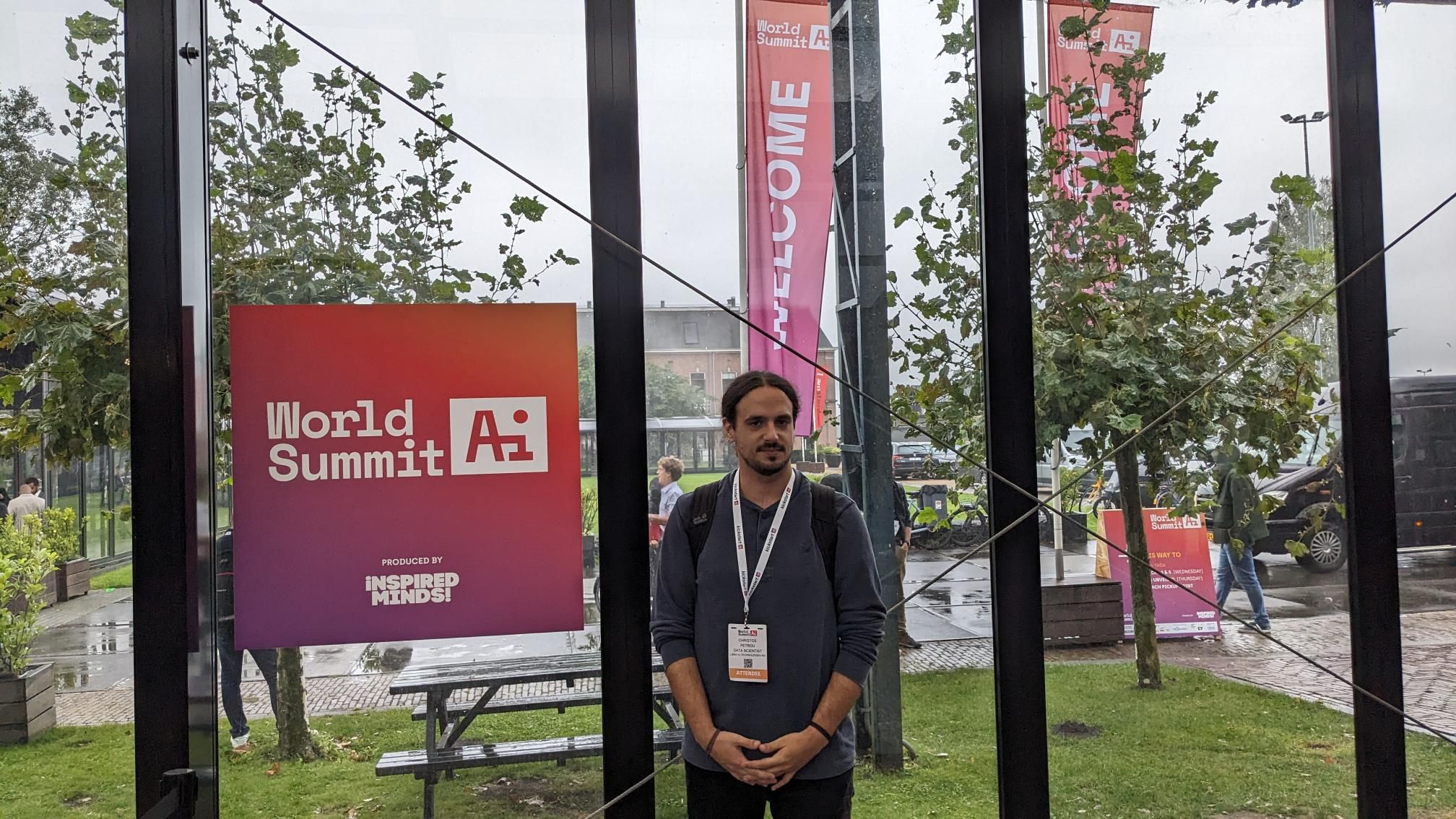
References
[1] https://arxiv.org/pdf/2012.12877.pdf
[2] Deng, J., Dong, W., Socher, R., Li, L.-J., Li, K., & Fei-Fei, L. (2009). Imagenet: A large-scale hierarchical image database. In 2009 IEEE conference on computer vision and pattern recognition (pp. 248–255).

